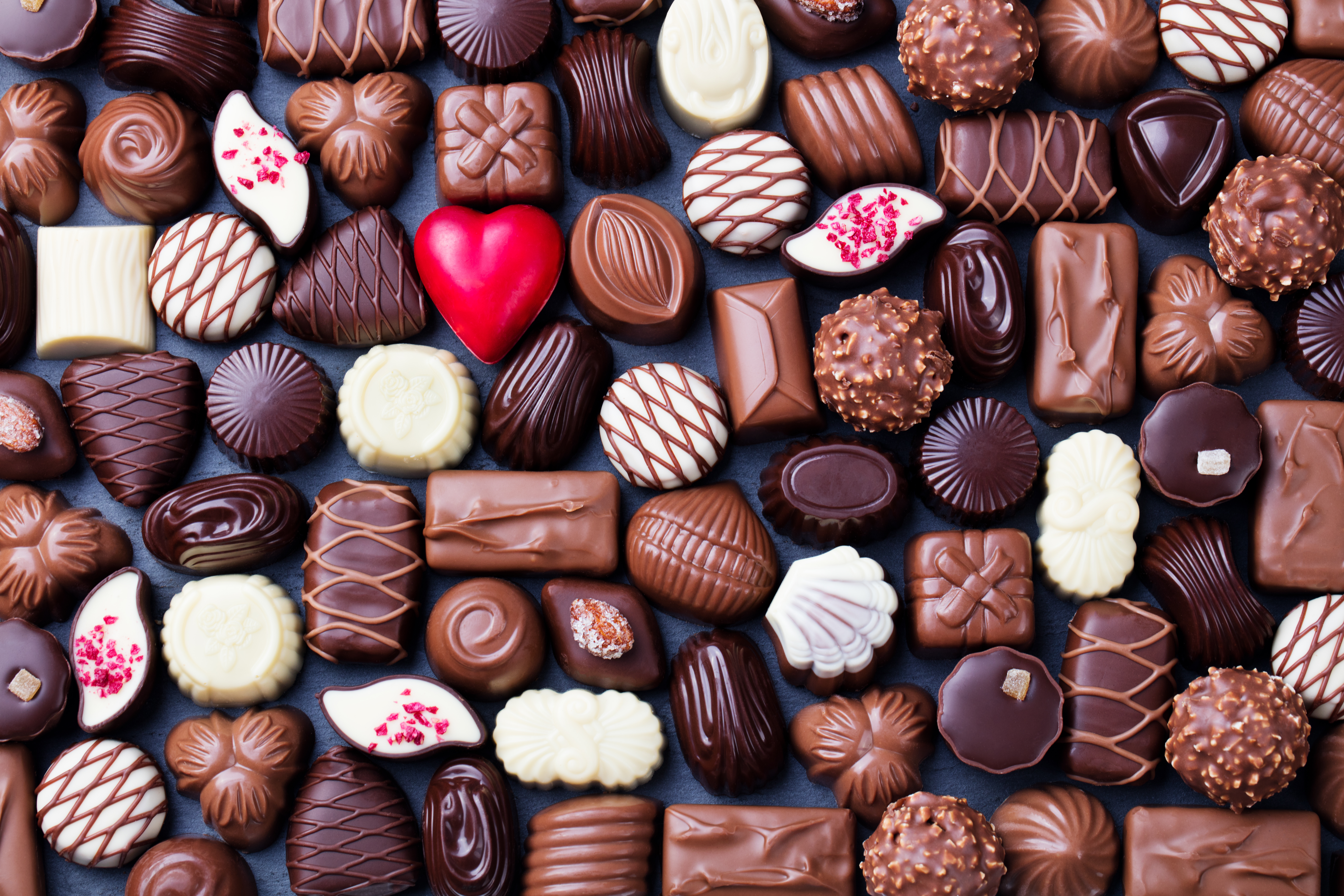Chocolate is more than just a sweet treat—it’s a scientifically fascinating food that affects both the brain and body in surprising ways. Its allure dates back over 3,000 years, when the Olmecs, Maya, and Aztecs first cultivated cacao and used it to make a bitter, spiced drink called xocoatl. The Aztecs believed cacao was a gift from the gods, reserved for warriors and royalty.
The modern love affair with chocolate began when European explorers brought cacao to Spain in the 16th century. Sugar was added, transforming the once-bitter concoction into a luxurious sweet. By the 19th century, advancements in processing led to the creation of solid chocolate bars, forever changing the way we consume it.
Scientifically, chocolate is a natural mood booster. It contains theobromine, a stimulant that provides mild energy, and phenylethylamine (PEA), a compound associated with feelings of happiness and love. When consumed, chocolate triggers the release of endorphins and serotonin, chemicals linked to pleasure and relaxation—one reason why it’s often associated with romance and comfort.
Today, chocolate continues to evolve, from rich dark varieties packed with antioxidants to artisanal creations that honor its ancient roots. Whether enjoyed in a box of Valentine’s chocolates or sipped as a warming drink, its appeal remains as strong as ever.


